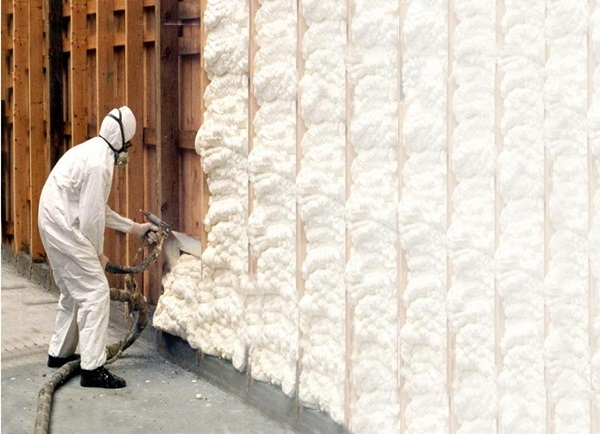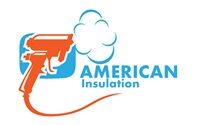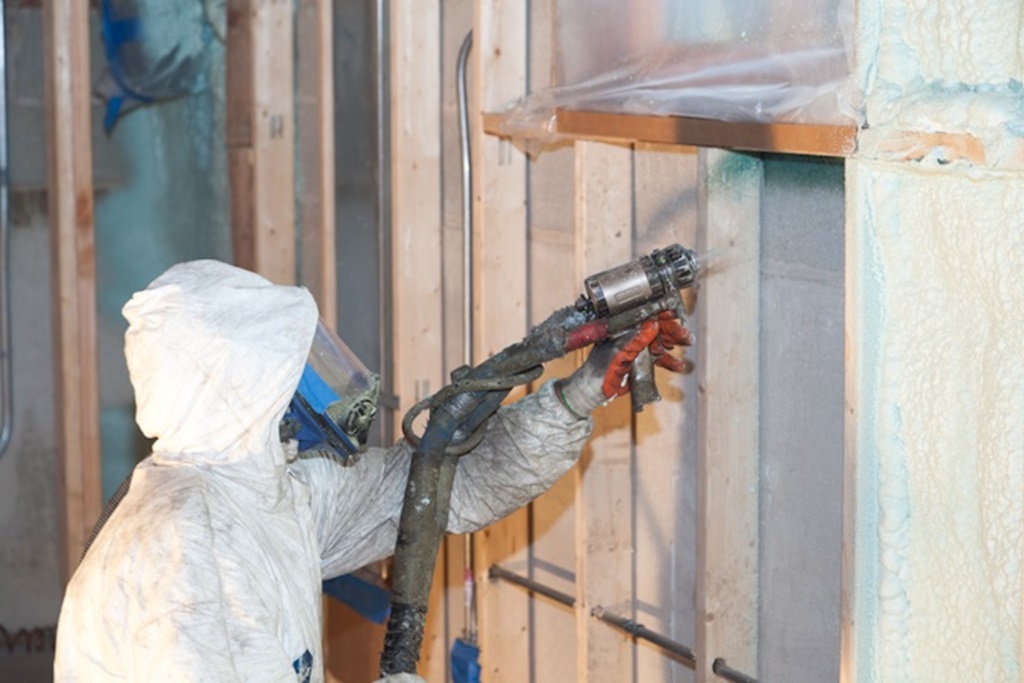Understanding the importance of basement insulation
Basement insulation is an essential component of your home’s energy efficiency. It helps to regulate the temperature in your basement and prevent heat loss, which can result in higher energy bills. Insulation also plays a crucial role in preventing moisture buildup, which can lead to mold growth and other structural damage.
Uninsulated basements are prone to several problems. They tend to be damp and cold, making them uncomfortable living spaces. Additionally, uninsulated basements contribute significantly to heat loss from the rest of the house. This means that you’ll need more heating during winter months, leading to higher energy costs.
There are different types of insulation materials suitable for basements, including fiberglass batts, spray foam insulation, rigid foam boards, and blown-in cellulose insulation. Each material has its pros and cons regarding cost-effectiveness and ease of installation. Ultimately choosing the right type will depend on various factors such as budget constraints or specific requirements like soundproofing or fire resistance capabilities.
Common problems with uninsulated basements
Uninsulated basements can lead to a host of problems that homeowners may not even be aware of. One major issue is the loss of heat, which can result in higher energy bills and discomfort during colder months. Without proper insulation, cold air will seep into the basement and spread throughout the house, making it harder for your heating system to keep up.
Another problem with uninsulated basements is moisture buildup. Moisture can enter through cracks or gaps in the foundation and cause mold growth, which poses health risks to those living in the home. Additionally, excess moisture can damage any belongings stored in the basement and weaken structural components over time.
Lastly, an uninsulated basement may also allow pests such as rodents or insects easy access into your home. These unwanted guests are attracted to warm areas and will often make their way inside if there are openings they can exploit. Proper insulation helps seal off these entry points and keeps pests out of your living space.
Types of insulation materials suitable for basements

Fiberglass insulation is a popular choice for basement insulation due to its affordability and ease of installation. It comes in batts or rolls that can be cut to fit the space between studs, joists, and beams. Fiberglass has good insulating properties but can lose effectiveness if it gets wet or damp.
Spray foam insulation is another option for basements that provides excellent air sealing and moisture protection. It’s applied as a liquid that expands and hardens into a solid foam, filling every nook and cranny in the walls. Spray foam is more expensive than fiberglass but offers superior energy efficiency.
Rigid foam board insulation is ideal for basement walls because it resists moisture, mold, and mildew growth. It comes in panels that are easy to install using adhesive or mechanical fasteners. Rigid foam board also has high insulating value per inch of thickness compared to other materials but may require professional installation due to its rigid nature.
Pros and cons of each insulation material
Fiberglass insulation is a popular choice for basement insulation due to its affordability and effectiveness. It comes in batts or loose-fill form, making it easy to install. The pros of fiberglass insulation include its resistance to moisture and fire, as well as its ability to reduce noise transmission. However, it can be irritating to the skin and respiratory system during installation if proper safety precautions are not taken.
Spray foam insulation provides excellent air sealing properties which make it ideal for basements that have gaps or cracks where air may leak through. It also has a high R-value per inch of thickness, meaning it offers superior thermal protection compared to other types of insulation materials. However, spray foam insulation is expensive and requires professional installation due to the specialized equipment needed.
Rigid foam board insulation is another option for basement walls because of its durability and ability to resist moisture infiltration. It also has a high R-value per inch which makes it very effective at reducing heat loss/gain in the home. One downside of rigid foam board is that it can be difficult to install properly around pipes or electrical wiring without leaving gaps which could compromise energy efficiency levels over time.
Note: As an AI language model I don’t have personal preferences but I presented some common pros and cons based on researches about each material used in basement insulations
Factors to consider when choosing insulation for your basement
When choosing insulation for your basement, there are several factors to consider. The first is the R-value of the insulation material. This value measures how well the material resists heat flow and determines its effectiveness in preventing heat loss or gain. A higher R-value indicates better insulating properties, but it also means a higher cost.
Another factor to consider is moisture resistance. Basements are prone to dampness and water intrusion, so it’s important to choose an insulation material that can withstand these conditions without losing its effectiveness. Materials like closed-cell spray foam or rigid foam board have good moisture resistance properties, while fiberglass batts may absorb moisture over time.
The type of foundation wall you have will also affect your choice of insulation material. Concrete walls require different types of insulation than wood-framed walls do. For example, spray foam may be more suitable for concrete walls due to its ability to fill gaps and cracks effectively, while batts or blown-in cellulose may work better for wood-framed walls because they can conform around obstacles like studs and electrical wiring.
DIY vs professional installation of basement insulation
DIY installation of basement insulation can be a cost-effective option for homeowners who are handy with tools and have some experience in home improvement projects. However, it is important to note that installing insulation in a basement requires specialized knowledge and skills. If you are not confident in your abilities or lack the necessary tools, it may be best to hire a professional.
Professional installation of basement insulation offers several benefits over DIY. Firstly, professionals have access to high-quality materials and equipment that may not be readily available to homeowners. Additionally, they possess the expertise required for proper installation techniques and can ensure that your insulation is installed correctly.
When deciding between DIY vs professional installation of basement insulation, consider factors such as time constraints, budget, and safety concerns. While DIY may save money upfront, mistakes made during installation could result in costly repairs down the line. On the other hand, hiring a professional can provide peace of mind knowing that the job will be done right the first time around without putting yourself at risk by working with hazardous materials like fiberglass or mineral wool.
Overall, both options have their advantages and disadvantages depending on individual circumstances. It’s important to weigh all factors before making a decision on whether to install basement insulation yourself or hire professionals for assistance.
How to prepare your basement for insulation installation
Before you begin installing insulation in your basement, it’s important to prepare the space properly. Start by clearing out any clutter or debris that may be obstructing access to the walls and floors. This will allow you to work more efficiently and ensure that the insulation is installed correctly.
Next, inspect the walls and floors for any signs of moisture or water damage. If there are any leaks or damp spots, these should be addressed before adding insulation. You may need to repair cracks in the foundation, install a vapor barrier, or add drainage systems to prevent future water damage.
Finally, make sure that all electrical wiring and plumbing fixtures are properly secured and protected before installing insulation. It’s also a good idea to seal off any gaps around windows and doors with weatherstripping or caulk to prevent drafts from entering your newly insulated space. By taking these steps before beginning installation, you can ensure a successful project outcome with long-lasting results.
Tips for effective and efficient insulation installation
When installing insulation in your basement, it is important to start by thoroughly cleaning the area and removing any debris or mold that may be present. This will ensure that the insulation adheres properly and prevents any potential health hazards. Additionally, make sure to seal any cracks or gaps in the walls or floors before installing the insulation to prevent air leakage.
One key factor for effective insulation installation is choosing the right type of material for your specific needs. For example, if you live in a humid climate, consider using closed-cell foam insulation as it can help prevent moisture buildup and mold growth. On the other hand, if you are looking for a more affordable option, fiberglass batts may be suitable but require careful handling during installation.
Lastly, when installing insulation in your basement, make sure to follow all safety guidelines provided by manufacturers and wear appropriate protective gear such as gloves and masks. It is also important to properly measure and cut each piece of insulation before installation to ensure proper fit and coverage. By taking these steps into consideration during installation, you can effectively insulate your basement while ensuring safety and efficiency throughout the process.
Maintenance and upkeep of basement insulation
Proper maintenance and upkeep of basement insulation is crucial to ensure its effectiveness and longevity. One important aspect of maintaining basement insulation is to regularly inspect it for any signs of damage or wear and tear. This includes checking for moisture, mold growth, and any gaps or cracks in the insulation that may have formed over time.
In addition to regular inspections, it’s also important to clean your basement insulation on a regular basis. This can be done by using a vacuum cleaner with a soft brush attachment to remove any dust or debris that may have accumulated on the surface of the insulation. It’s important not to use harsh chemicals or abrasive cleaning agents as this can cause damage to the material.
Finally, proper ventilation is key when it comes to maintaining your basement insulation. Good air flow helps prevent moisture buildup which can lead to mold growth and other issues. Make sure your basement has adequate ventilation by installing vents or fans if necessary, and keep windows open whenever possible during warmer months. By following these simple steps you can help ensure that your basement remains well insulated and free from problems for years to come.
Cost considerations for basement insulation installation.
Insulating your basement can be a significant investment, but it is important to consider the long-term cost savings. The initial cost of insulation installation will depend on several factors such as the size and condition of your basement, type of insulation material used, and whether you choose DIY or professional installation. However, investing in good quality insulation can lead to lower energy bills and increased home value.
One factor that affects the cost of basement insulation is the type of material used. While some materials like fiberglass batts are relatively affordable, others like spray foam may come with a higher price tag due to their superior insulating properties. It is important to weigh the pros and cons of each material against your budget before making a decision.
Another factor that affects the overall cost is whether you choose DIY or professional installation. While DIY may seem more affordable initially, mistakes during installation could end up costing more in repairs down the line. Professional installers have experience working with different types of basements and materials which can ensure proper sealing and maximum efficiency.
Overall, while there may be an upfront cost associated with installing basement insulation, it should be viewed as an investment rather than an expense. Properly insulated basements can lead to reduced energy costs over time while also increasing home value for potential buyers in future years.

